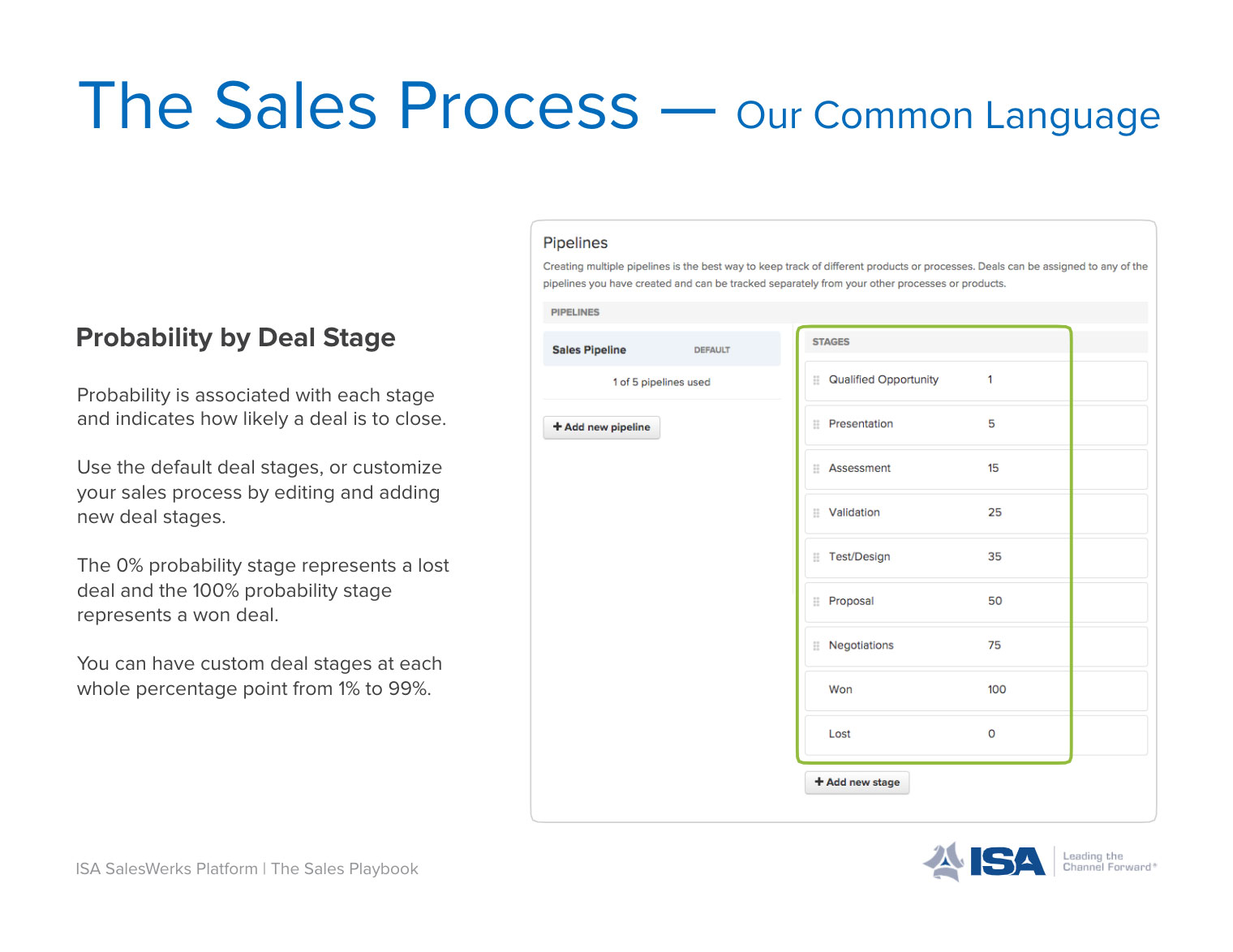Let’s walk through a hypothetical scenario… I run a business that makes and sells widgets. Then there’s an event that makes it nearly impossible to make those widgets. Sales are also down, as people are now unable to buy or demand has decreased for my widgets. As much as I want to be able to make and sell my widgets, I am worried my widgets may become obsolete.
I now have a problem, but it’s not the event that’s taken place that’s the issue. I can’t change what has already happened or what will come. The problem I am facing is finding an innovative solution for my business.
I rack my brain and spend countless hours trying to be creative. I look to my close peer group/coworkers/friends/family for help but nothing is coming to me. Now what?
The scenario above shouldn’t sound too far-fetched right? Maybe even familiar? So what’s the solution?
Many things can be done to keep businesses afloat, but what if you can see scenarios like the one described as an opportunity to be innovative? What can you leverage at your company to get you where you want to be?
The Case for Diverse Perspectives
Take a good look at who you surround yourself with at your company. Do you have long-time employees that you rely on for help with problem-solving? Do they share the same perspective as you? Are they the same age as you? Do they look like you? Do they think like you?
Leveraging D&I is a great way to promote innovation at your company. The fact is that individuals with different backgrounds see the world differently. These unique perspectives can lead to innovative solutions that also may be shared by your customers or channel partners making it extraordinarily valuable.
You have diverse perspectives at your company today. Where? Ask your customer service team about increasing warehouse efficiency. Ask your female employees about improving e-commerce solutions. Ask a millennial to help craft a work-from-home policy. Ask the right questions, allow a safe space for sharing ideas, and listen to them.
The Point
So, your company wants to leverage Diversity and Inclusion to promote innovation and overcome a challenge you are facing. Here is some advice to get started:
Clearly Define the Issues
Take time to lay out the issue so that you can get on the right path to potential solutions. Talk about all of the factors that are limiting your ability to do what you want to do. If the problem is government-mandated social distancing regulations limiting your ability to reach customers, make sure you are sharing the regulations, what that means to your sales force, how that impacts the bottom line, how the customer feels about it, etc. The more transparent you are, the more informed their innovative approach could be. Pro-tip: Don’t share approaches you have already thought of but have dismissed. Your employees may have an innovative workaround you didn’t think of.
Encourage an Innovative Environment
If innovation isn’t already part of your company culture, make sure you explicitly communicate to all employees the importance you place on innovative thinking. Pro-tip: Take it a step further and create a policy that shows you are walking the talk. At ISA Member company 3M, innovation has been core to their business since the beginning. Their policy, the 15% rule, encourages employees to spend 15% of their work time on experimental doodling or projects that could give way to new products. Consider instituting a policy that gives your employees a license to be creative and requires managers to listen to anyone with an idea.
Bring the Right People to the Table
Most companies set up their org charts based on merit where the most experienced, credentialed, or accomplished individuals are rewarded with a seat at the table. While these individuals can be creative, innovation does not come to those with the best resume. Instead, fill your innovation problem-solving team with diverse perspectives. Consider various ages, levels of experience, genders, backgrounds, races, and job functions. What you want is people who think differently and challenge each other to find a solution that is unique and innovative.
Listen
Good ideas can come from anywhere. Make sure your employees know that your door is open to new ideas and that you appreciate their efforts in helping the company. This is the second and super important part of D&I. Inclusion is where all employees are treated respectfully and can contribute fully to the company’s success.
This is truly a time when companies are required to be innovative to survive. At ISA, we firmly believe that innovation should be core to your businesses. To see how we think about innovation and to see 5 great examples of ISA Member companies being innovative click here.
Being innovative is not easy. My widget company might not make widgets in the future. But by fostering and leveraging diverse perspectives from within I can harness the power of innovation to find creative ideas, bring them to light and solve real-life problems. Your company can as well.







